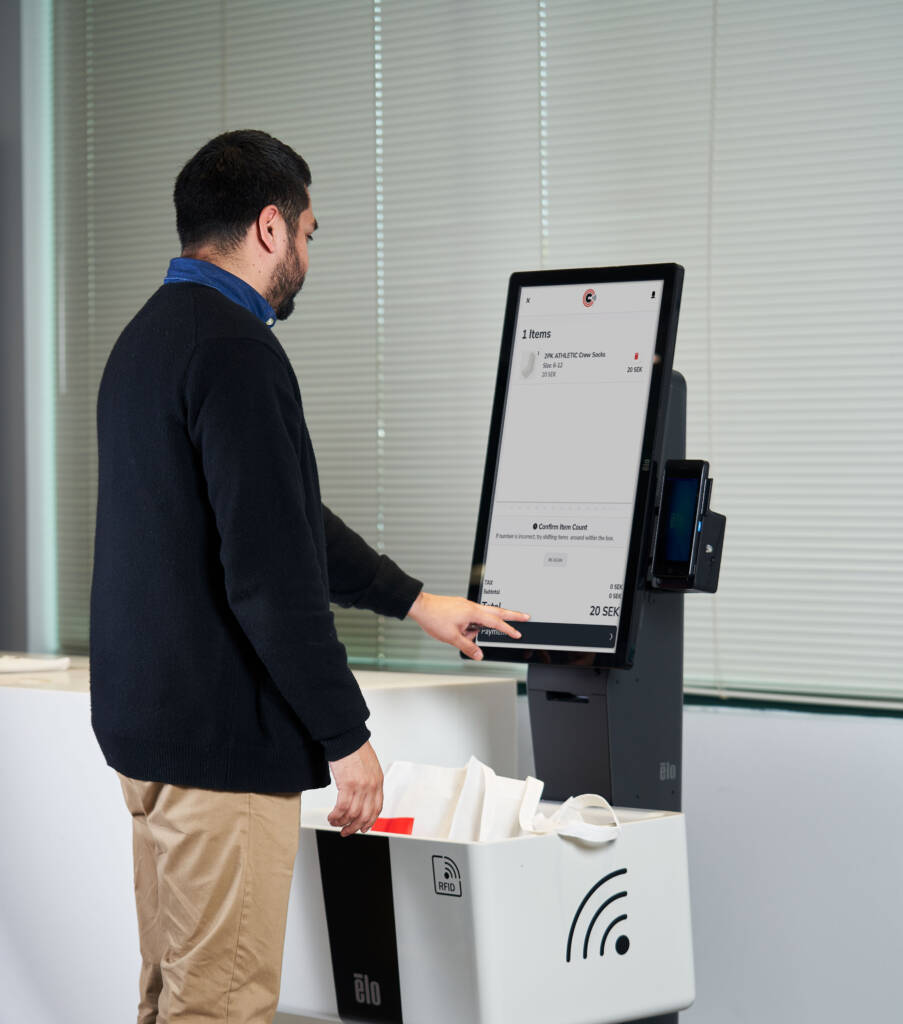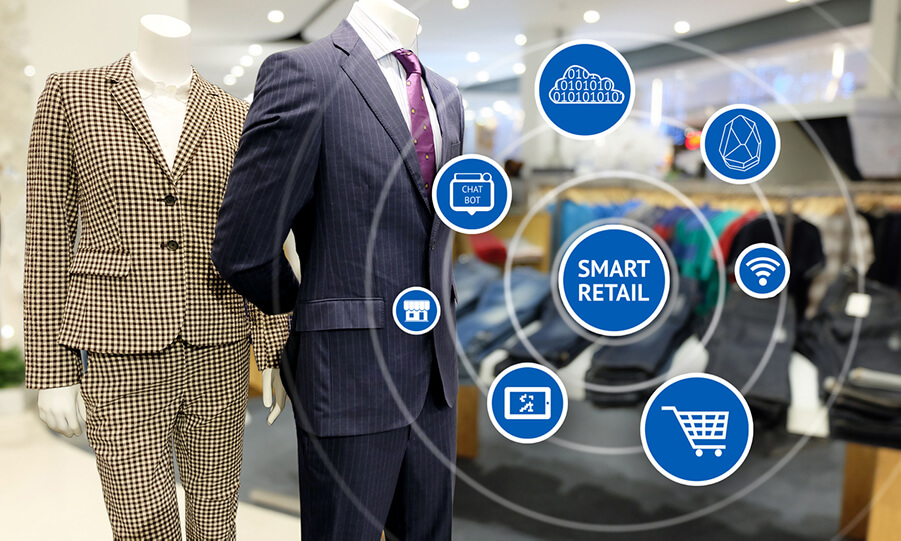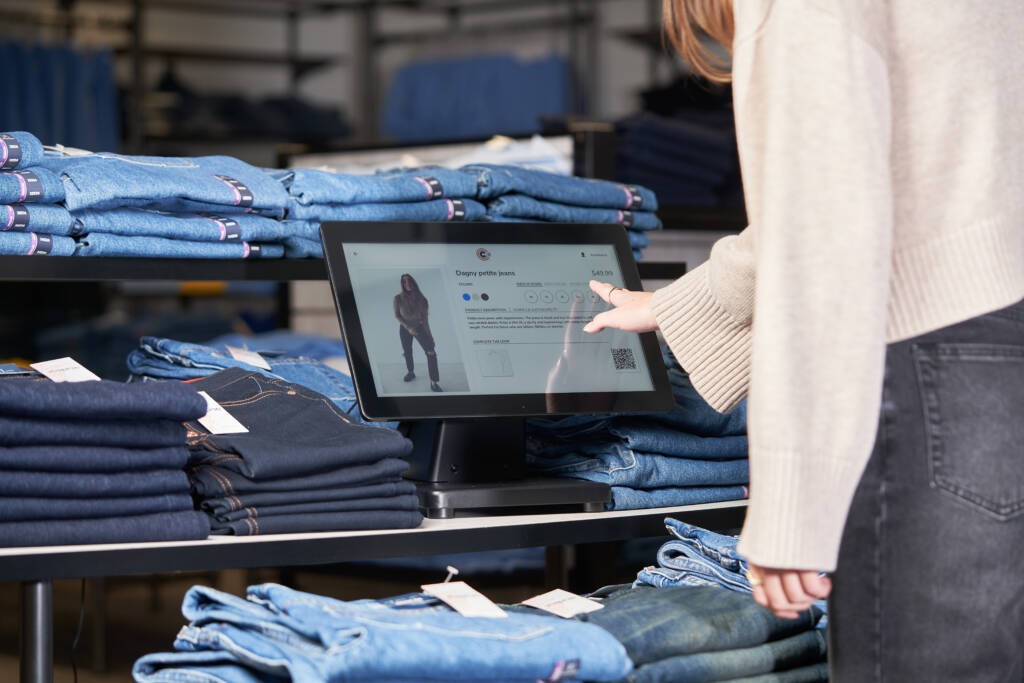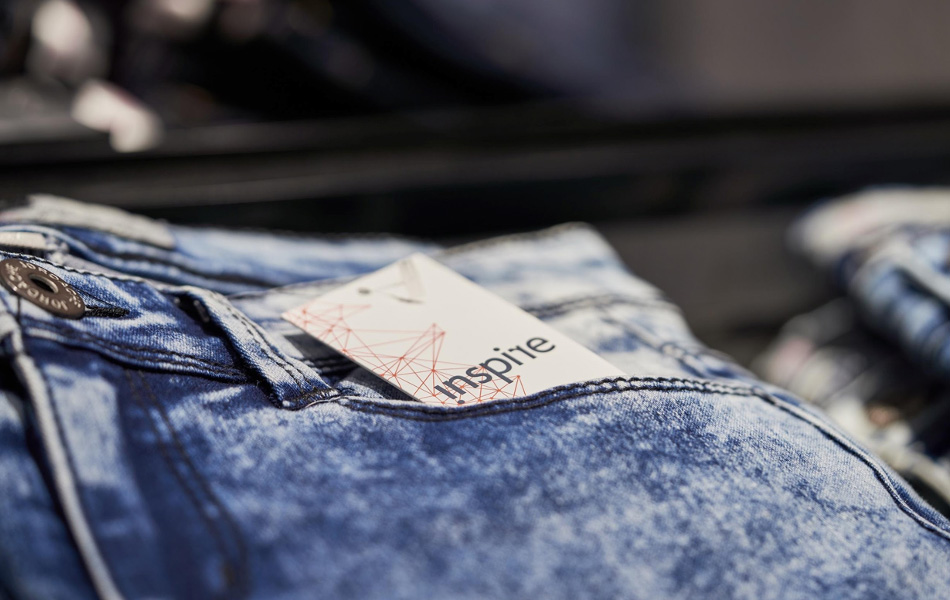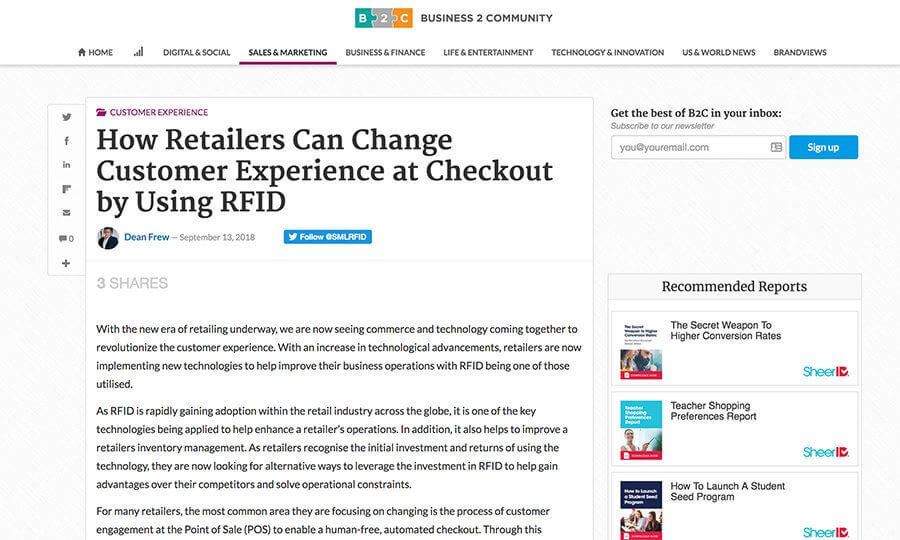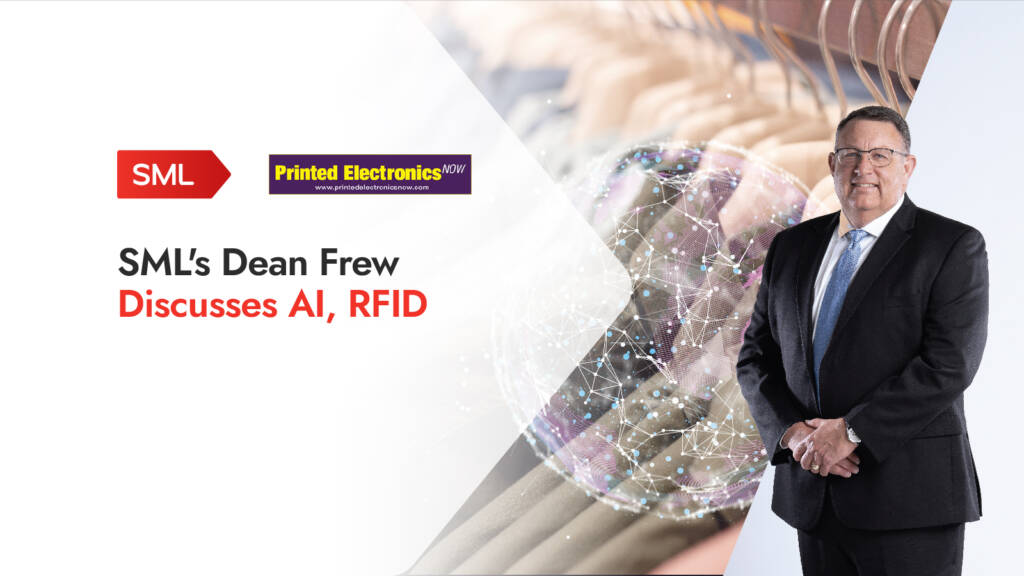Top 5 Customer Benefits Brands Can Offer Using RFID Solutions
Retail technology alters the shopping experience for customers, blurring the distinction between the digital and physical worlds. Retailers need to position themselves with innovative approaches that foster customer loyalty as shoppers become accustomed to higher service expectations and on-demand shopping. That entails going above and beyond traditional standards of customer service and convenience to gain an edge over competitors. Many retailers have implemented certain operational strategies to better support their customers’ complete shopping experience, with the customer journey as the focus of their agenda.
Retailers have accelerated the integration of new technologies to assist in enhancing their business operations, with RFID (Radio Frequency Identification) being one of them. Since introducing Item-level RFID technology into the retail industry, the benefits have been evident, as the solution has been utilized to deliver elevated omnichannel and in-store experiences for customers.
Employee Engagement
RFID technology empowers employees to help customers and alleviates obstacles by giving employees the most updated inventory information and the ability to quickly find items, leading to higher employee engagement. Employee engagement immediately correlates to high levels of customer satisfaction since employees connect positively with consumers while serving as brand ambassadors for the organization. Simply stated, engaged staff provides better customer service, which leads to more revenue. Additionally, 86% of shoppers are willing to pay more for a seamless customer experience. Businesses with highly engaged staff beat their competition by 147%. Furthermore, research reveals that organizations that succeed at customer experience have 1.5 times more involved staff than those with a bad track record. The link between customer experience and staff effectiveness is unmistakable.
Minimizing labor
RFID technology has the potential to significantly improve the efficiency and efficacy of each level of the supply chain, production, and manufacturing processes. One of the most significant operational benefits of RFID adoption is that it minimizes the amount of time staff spend manually counting inventory and finding items, eventually enhancing inventory accuracy by up to 99%. Employee attention and labor can then be redirected from inventory-related operational tasks to customer-focused interactions that drive additional sales and engagement.
Inventory Accuracy
When it comes to customer satisfaction, it all boils down to having what the buyer wants. In fact, 66% of customers expect retailers to understand their specific requirements and expectations for product assortment. However, if finding the products is not quick and easy, they are just as likely to leave empty-handed. In fact, according to The Connected Consumer’s retail personalization report, 49% of customers are not willing to spend more than 10 minutes browsing for items, and up to 30% never find what they are looking for. Trying to keep a customer satisfied with 70% inventory accuracy is just not feasible. Most retailers will be able to estimate demand using data and, consequently, guarantee appropriate stock is available to meet increased sales. Seasonal performance is crucial for retailers in a competitive world where demand spikes over short periods of time. With continuous inventory visibility, RFID-enabled merchants can guarantee they have the necessary store inventory to capture those sales opportunities.
Reducing out-of-stock
Not only are retailers raising inventory accuracy up to 99% by attaching item-level RFID tags, but they are also reducing out-of-stock by up to 80%. The greater the variety and availability of products, the higher the likelihood of a satisfied shopper. Retailers can preserve both reputation and opportunity by using RFID tags. Fast and accurate RFID systems allow retailers to see and rapidly replenish products from the backroom to the sales floor. A primary ROI from RFID is the reduction of out-of-stock merchandise to drive increases in in-store and omnichannel sales.
Streamlined Checkout
While RFID technology allows retail staff to give enhanced customer service on the sales floor, retailers may also employ it to create a seamless checkout process. Traditionally, checking out entails scanning barcodes one at a time, followed by a card swipe. While contactless payments have helped to simplify transactions, there is still scope for further improvement, and customer expectations surrounding checkout are rising as retailers recognize the importance of this customer experience point. If a customer experiences friction at the point of sales, they typically rate the entire shopping experience as negative.
RFID is the preferred technology to further build a frictionless, self-checkout experience in this new era of retail. Retailers may build an automated checkout experience by utilizing RFID technology at the point of sale (POS) which eliminates barcode scans from the process and makes the transaction faster and more accurate. This is a win for both the customer and the retailer as RFID-enabled POS eliminates double scans and missed scans while reducing customer wait time.
Customers today expect seamless experiences both online and in-store. Yet, a shortage of stock and bad inventory management lead to major consequences for consumers’ overall experiences and the probability of repeat purchases. Implementing item-level RFID technology helps eliminate this difficulty and improves inventory visibility across the supply chain, resulting in improved consumer satisfaction. RFID technology adoption enhances operational effectiveness. This directly influences labor efficiency and improves customer experience, lowering expenses and increasing revenues for fashion retailers.
Talk to SML, your RFID expert today to find out more about how your business can benefit from RFID solutions. You can also download SML’s Clarity ® Experience brochure to discover how RFID is reimagining the customer experience.

